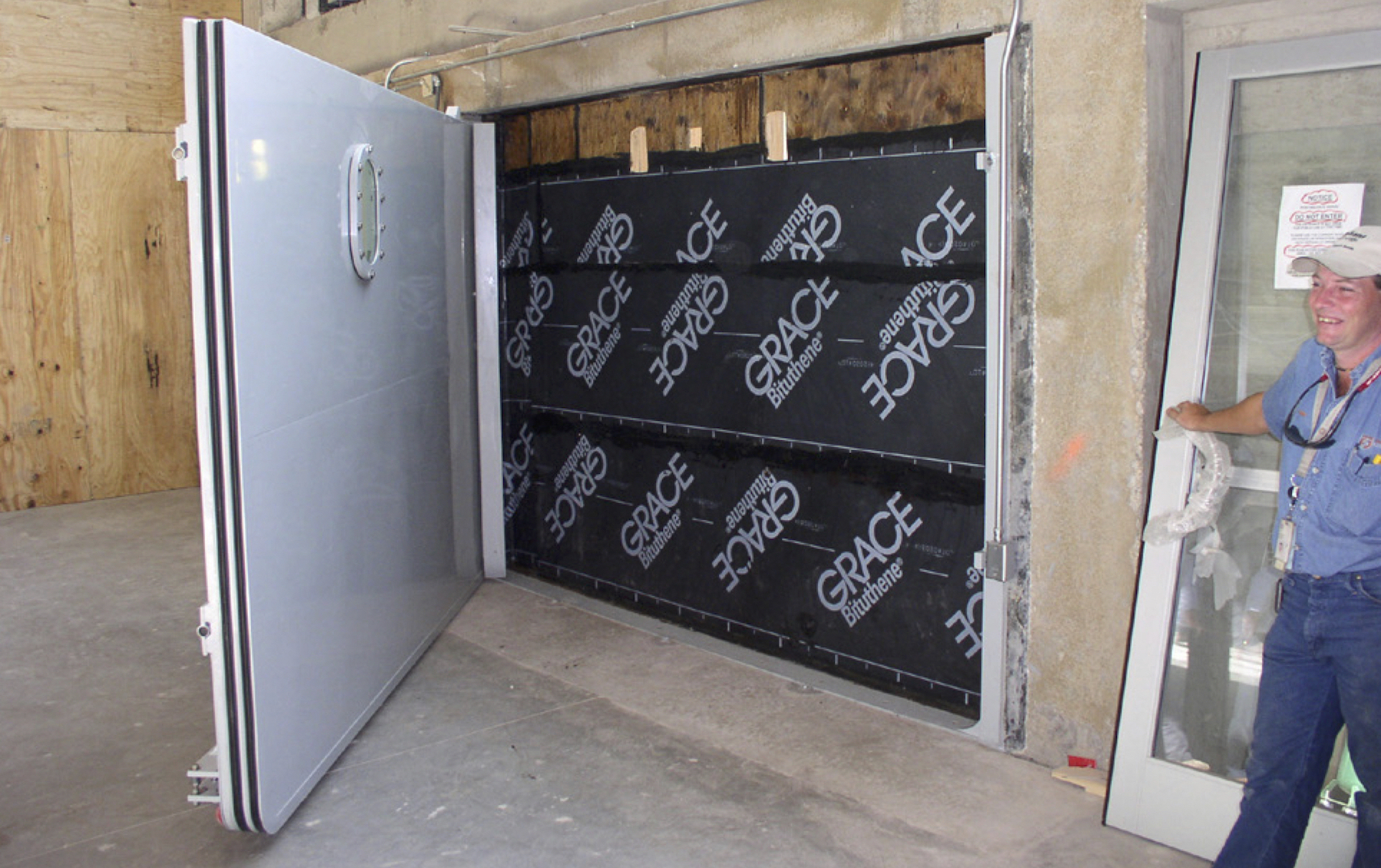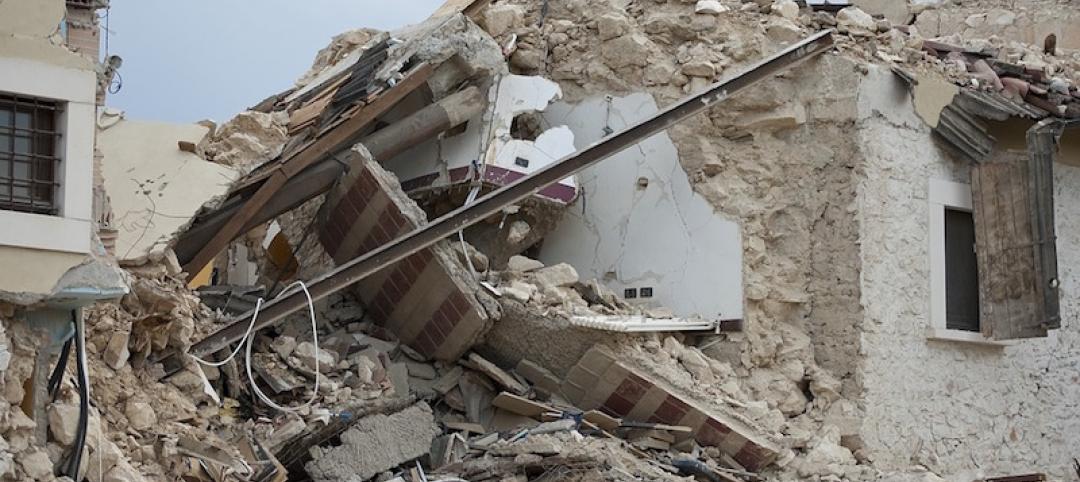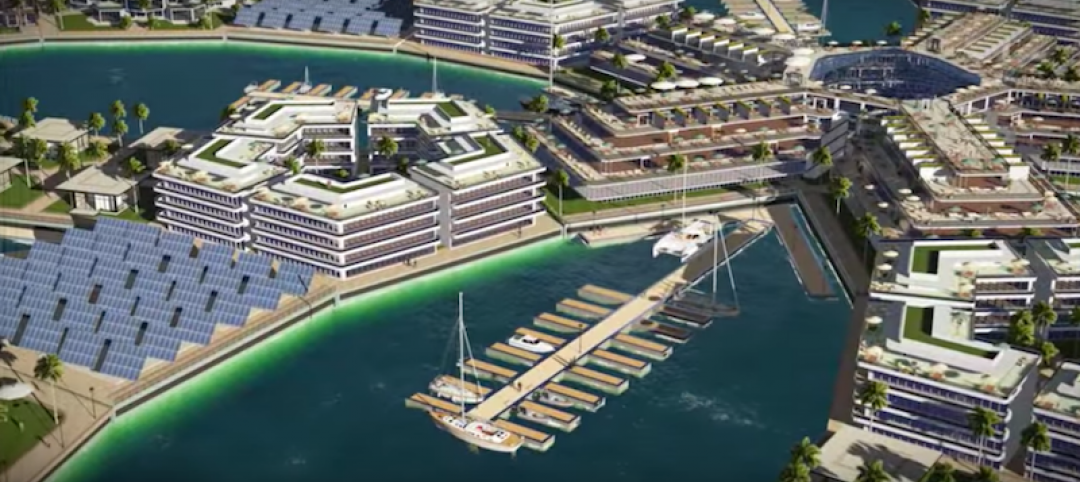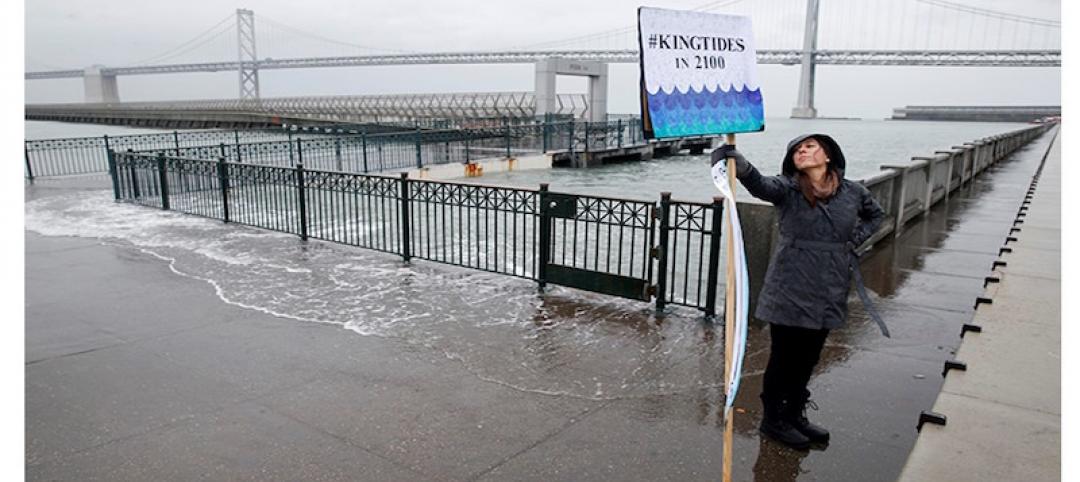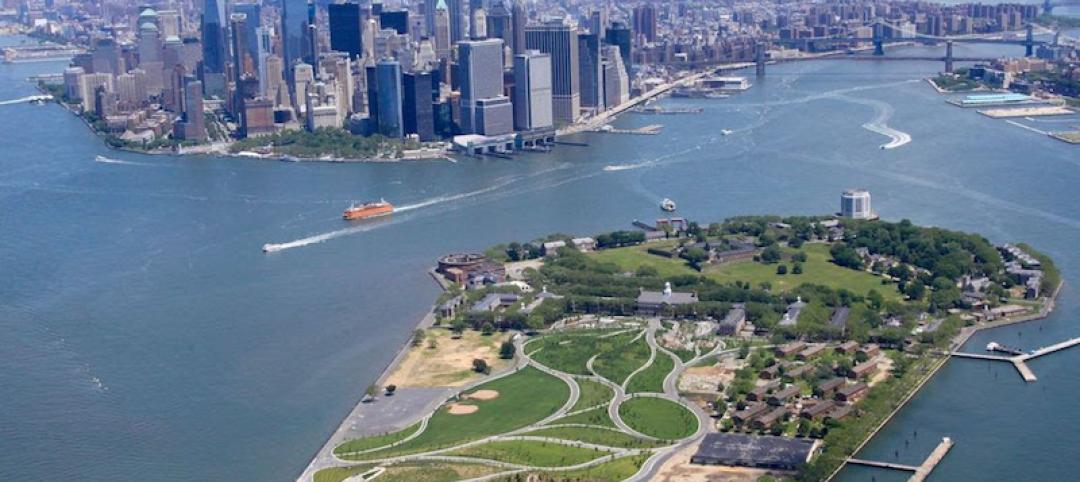International engineering firm Walter P Moore has released a new paper entitled An Introduction to Flood Protection: What Owners Need to Know to Protect Their Properties. The white paper focuses on the numerous flood protection approaches and building owner needs as well as an in-depth review of the flood protection process. The white paper also examines how to properly determine the flood resiliency of a property in order to provide a clear understanding of risk associated costs.
“Adequate flood protection is critical for building owners, especially as rain and flood-related events become more common,” says Doug Coenen, Principal and the Civil Engineering Business Development Manager in Walter P Moore’s Infrastructure Group. “I encourage building owners as well as engineers throughout the AEC industry to review this report and either start or continue discussions regarding flood protection with their peers.”
An Introduction to Flood Protection: What Owners Need to Know to Protect Their Properties includes a detailed examination of wet versus dry flood protection, active versus passive flood protection, how to properly execute a flood protection feasibility study, the six steps to a successful flood protection process, and detailed information on early warning flood forecasting.
“This white paper provides critical information building owners need in order to properly manage retrofitting existing structures to ensure they are prepared for flood-related events,” says Ray Drexler, Principal and Senior Project Manager in Walter P Moore Diagnostics. “It can serve as a baseline for engineers and architects to start these discussions with building owners.”
Download An Introduction to Flood Protection: What Owners Need to Know to Protect Their Properties.
Related Stories
Codes and Standards | Apr 5, 2017
Updated AIA Disaster Assistance Handbook released with significant enhancements
Updates provide guidance on how design and construction pros and emergency managers can work together to prepare for and respond to disasters.
Codes and Standards | Jan 31, 2017
Planning for world’s first floating city underway
New approach to resiliency examined in French Polynesia.
Sustainability | Jan 24, 2017
From an industrial park to an eco-neighborhood in Brussels, Belgium
At the heart of Vincent Callebaut Architectures’ eco-neighborhood will be three 100-meter-tall Vertical Forests.
Resiliency | Nov 3, 2016
Future-proofing urban waterfronts
CallisonRTKL’s Nathan Cherry discusses hurricanes, the San Francisco waterfront, and how we can future-proof our urban waterfronts.
Resiliency | Oct 5, 2016
San Francisco’s 181 Fremont will become the most earthquake-resilient building on the West Coast
The building has achieved REDi Gold Rating, resilience-based design guidelines developed by Arup that establish a new benchmark for seismic construction.
Sustainability | Sep 22, 2016
Is ‘Growroom’ a glimpse into the future of urban agriculture?
Growroom’s spherical shape means it can also double as a covered outdoor public space.
Regulations | Aug 31, 2016
FEMA wants to toughen flood regulation on projects using federal funds
The proposal ‘would essentially rewrite the current 100-year flood standard.’
Sports and Recreational Facilities | Aug 22, 2016
The Hills of Governors Island reach completion one year ahead of schedule
The man made hills are the latest attraction to open on the island that has been under development since 2006.
Resiliency | Aug 10, 2016
White House pushes for better finance strategies for disaster mitigation and resilience
The move highlights innovative insurance, mortgage, tax, and finance-based strategies.
Seismic Design | Jul 28, 2016
Risk of man-made earthquakes now factor in seismic hazard analysis
Significant risk increases seen in some areas of the U.S.


